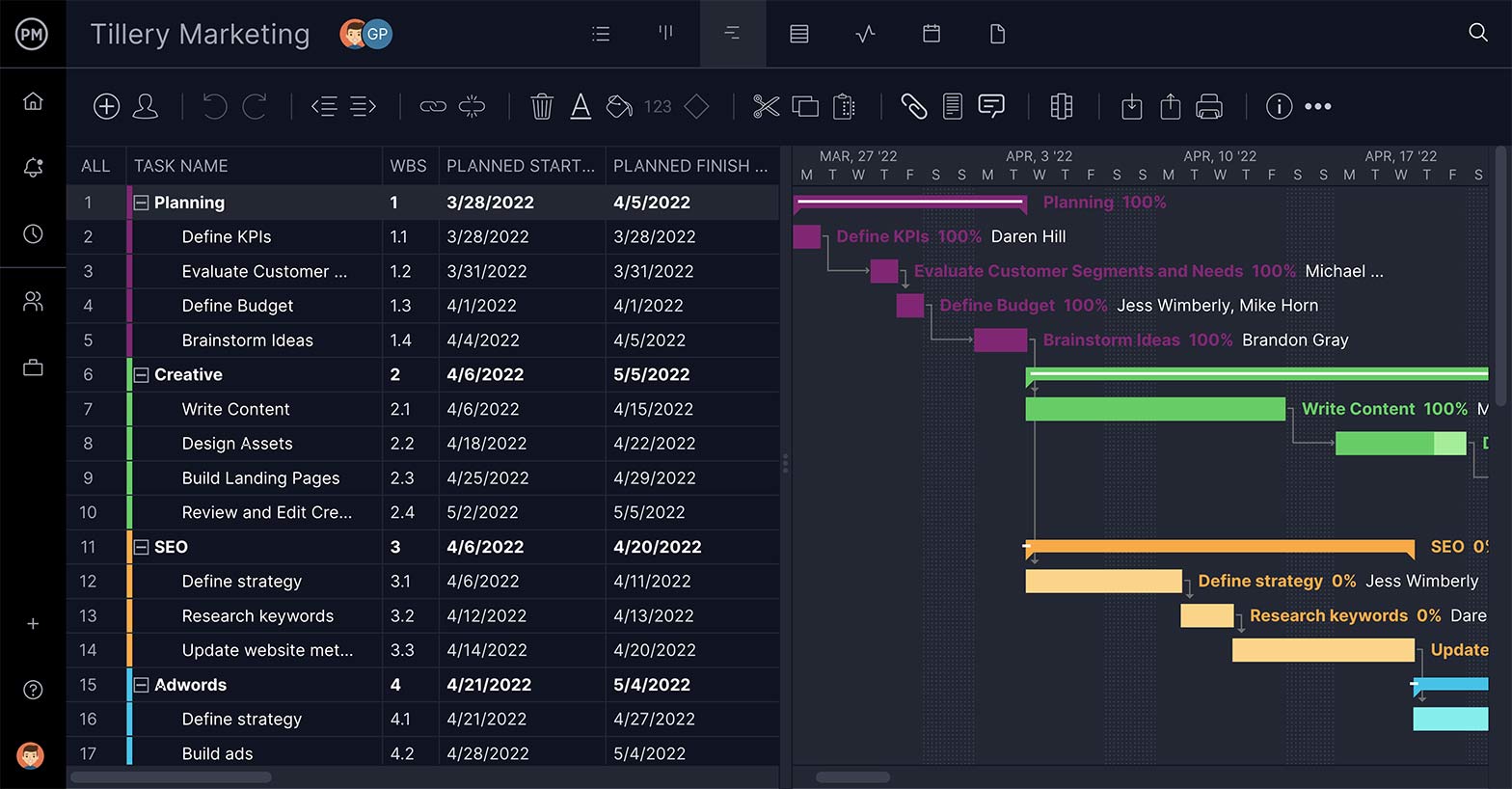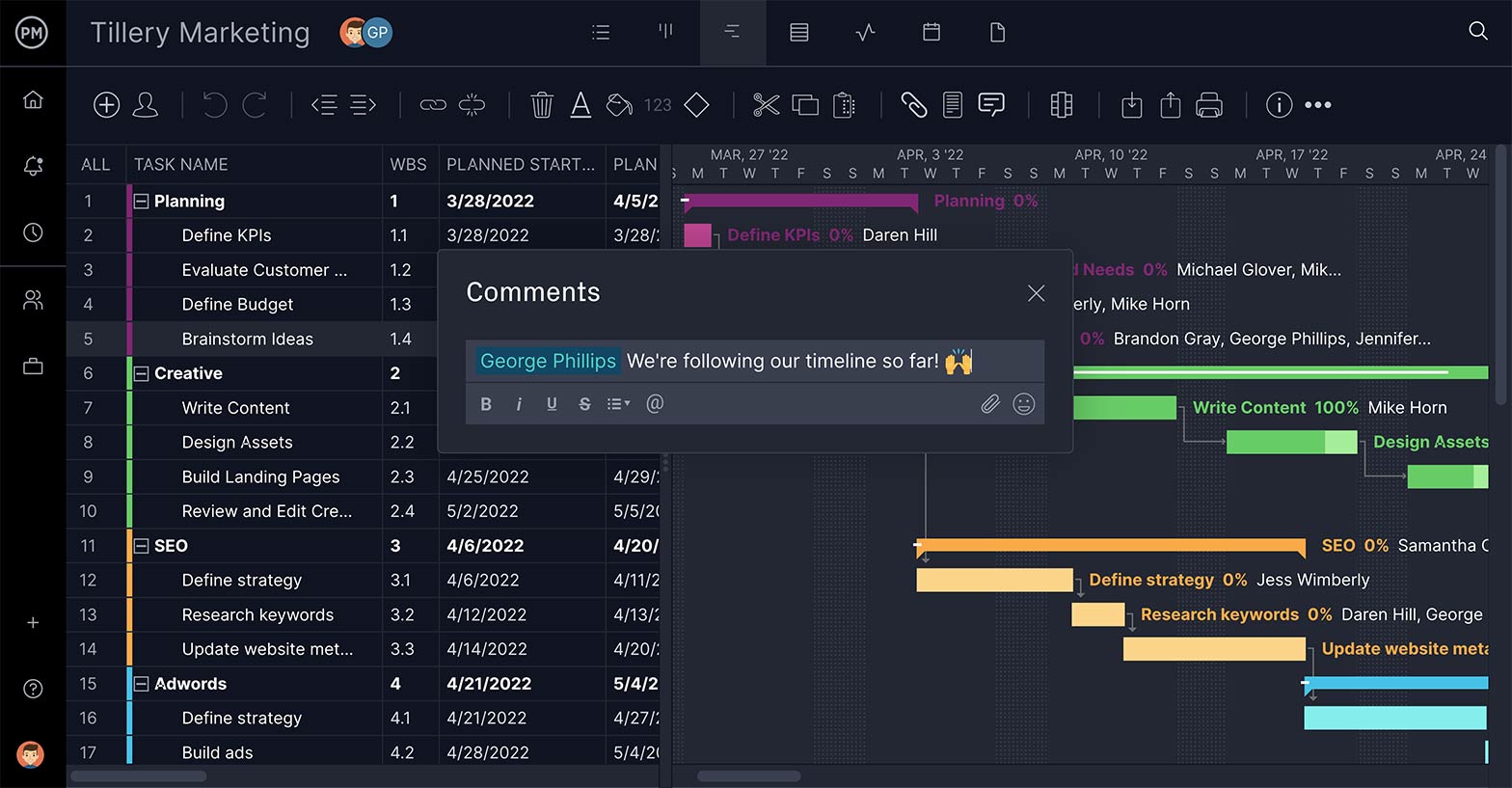Product development is part of the product management process, which covers the product life cycle from start to end. The product launch is a particularly important stage in this cycle as it can determine the success or failure of a product. If you don’t have a plan to launch that product, you’re jeopardizing your success.
The product launch is one of the most crucial processes in any successful project. You can do all of the research and have stacks of market studies that state how in-demand your product would be once available, but if you don’t have a product launch strategy, then you’ve failed. To avoid failure, plan a product launch that accounts for the customer’s needs and wants, the competitive environment and the nature of the market.
What Is a Product Launch?
The product launch is the stage that comes after a product has been developed and tested and is ready to be taken to market. The product launch phase consists of cross-functional efforts in which marketing, sales, product development and other departments collaborate to maximize the product’s visibility, sales and return on investment (ROI) as it’s first introduced into the marketplace.
Planning a product launch requires product management skills and the right collaboration tools. ProjectManager offers online Gantt charts, kanban boards and task lists, which allows cross-functional teams to plan, execute and track product launches with the tools they want to use. Whichever project view they choose, the data is shared in real time. Get started for free.

As you can tell, a product launch is critical for any business. But what do you need to think about when launching a product? We’ve prepared a product launch checklist that compiles the key elements of a successful product launch to help you execute this important process.
Product Launch Checklist
Product managers usually create a product launch checklist to help them keep track of the different things that need to be executed before and after launching a product. Here are some typical action steps included in a product launch checklist.
- Product Roadmap: Has the product team successfully completed the pre-launch activities on the product roadmap? Has the product development team delivered a product for the product launch? A product roadmap lets you see the big picture. Depending on the type of product launch, it could be a minimum viable product (MVP), or a product with finished features for a full-scale launch.
- Product Testing: Product testing is important for many reasons such as protecting the safety of your customers or identifying functional issues. From a product management standpoint, getting customer feedback is key to success as it’s the most effective way of improving your product features to make them more appealing to the market.
- Customer Journey: The foundation of your marketing and sales rests on a deep understanding of the customer journey. You’ll need to know the buyer’s pain points and the stages that your customers go through before, during and after they purchase your product.
- Product Launch Strategy: Your product launch strategy explains how your product launch will be planned, executed and monitored. In other words, it refers to the pre-launch and post-launch efforts that will be taken to get your product to its target customers while increasing visibility and profitability. A product launch strategy should be thoroughly explained in a document known as the product launch plan.
- Product Launch Plan: As stated above, the product launch plan is a detailed document that further details the product launch strategy, explaining the actions that each team member will take during the product pre-launch, launch and post-launch phases.
- Internal Training: Once you have a product launch strategy, it must be communicated clearly to everyone in the organization. Depending on the size of your company, there are likely several departments—sales, marketing, etc.—working on various aspects of the launch. Open communications between these various departments, so they’re working collaboratively and not redundantly or, worse, at odds with one another.
- Marketing Collateral: When launching a product into the marketplace you want to create marketing collateral such as blogs, social media posts, product catalogs and other branded assets to promote your product. Because your marketing collateral will interface with the public, it’s critical that you develop brand voice guidelines to make sure that wherever the message is coming from, the brand voice is consistent.
- Product Launch Timeline: A product launch needs a timeline. Make sure to define the activities that your marketing, sales and product teams will execute and define roles, responsibilities and due dates.
- Product Performance Metrics: The success of a product launch should be measurable. You’ll need to define product performance metrics to gauge your product’s market response and factors such as how profitable your product was for your organization.
- Product Launch Event: Companies usually organize a physical or virtual product launch event that builds anticipation and awareness for new products. The right event depends on your company’s target audience and how they prefer to engage with your product.
- Gather Customer Feedback After Launch: After launching your product, you’ll need to have a system in place so that your product management team can get post-launch customer feedback. That requires cross-team collaboration from sales, customer support and other customer-facing departments.
Free Product Launch Template
Our free product launch template is the ideal tool to keep track of all the activities that take place during a product launch. It can be customized to fit the needs of your organization. Download it for free!
Product Launch Tips
These tips are helpful for product teams as they approach the product launch date.
Consider the Best Way to Reach Your Audience
Once you know to whom you’re selling the product, next comes figuring out how you can get your message to them. That includes advertising as well as tapping into their way of thinking and tailoring your message to address their mindset.
You must understand the people interested in your product, why they’re interested, where they’re located and what they’re consuming in terms of media, whether that be Facebook or CNN.
Build a Strong Value Proposition
Part of reaching your audience is knowing how your product is solving a problem. Once you have that information, you can use it as a foundation for your marketing material.
The audience is the “who,” but the problem they’re having that your product resolves is the “why.” Once you have the who and the why, you have a captive audience that will respond positively to your product launch.
Create an Online Space for Your Product
It goes without saying that any product should be accessible online in some fashion. First, make sure you own the domain name for the product and have established an identity for it on all social platforms that pertain to your customers.
Don’t wait until your launch to secure these critical spaces for marketing and selling your product. The last thing you want during your product launch is the expense of dealing with cybersquatters who might own the domain name of your product and hold it for ransom.
Conduct Thorough Competitive Analysis
Chances are you’re not the only business trying to exploit an opportunity in the marketplace. Who is your competition? Find them and learn everything you can about them. They will have weaknesses that you can take advantage of. A SWOT analysis is a simple yet powerful competitive analysis tool that can help you with this process.
Related: Free SWOT Analysis Template for Word
The greatest weapon in your arsenal, however, is your ability to show how you’re different and better than the rest. Show how you’re a leader in the field, how your product is innovative and how there isn’t already a product on the market that does what yours does.
Know Your Product’s Story Inside Out
You’ve lived with the development of this product, from research to production. When you launch, there will be media, new customers, brands who might comarket with you, etc., and they’ll all have questions. You must know your pitch and be able to answer all questions that might come up when delivering it. The product inspired you to initiate the project for its creation, and that inspiration must be contagious and clearly rendered across channels.
Planning Your Product Launch with ProjectManager
ProjectManager is online product management software that’s more robust than a static template. Templates need to be manually updated, don’t have real-time data to help you make better decisions and, with too many versions floating around, teams may be using old data. Our software resolves these issues and has features to add further efficiencies.
Create a Product Launch Timeline
In order to manage your product launch, you must organize many tasks and make sure they’re completed on a tight deadline. To facilitate this process, use our interactive Gantt charts, which link dependencies to avoid delays, add milestones to track progress and even filter for the critical path. Set a baseline and you can then track project variance to make sure your actual effort is aligned with your planned effort.

Keep Cross-Functional Teams Connected
Product launches coordinate work across multiple departments, such as marketing, sales and customer support. Each of these teams likely uses different tools to do that work. Our multiple project views allow them to choose the tools they want and still work seamlessly with others on different tools. Plus, they can comment, share files and even tag other team members to foster better collaboration.

Monitor Costs, Tasks and Progress
To successfully launch a product, you have to keep to your product launch plan. Our real-time dashboard gives you a high-level view of the project so you can stay on track. We automatically collect live data and display it with easy-to-read graphs and charts that monitor costs, tasks, workload and much more. It’s all in real time so you’re seeing what is happening, not what has happened. Best of all, there’s no setup required as in inferior software products. We’re plug-and-play.

ProjectManager has everything you need to launch a successful product. We give all your departments the tools they want and connect everyone with real-time data to help make more insightful decisions. Plus, customizable reports can keep your stakeholders updated. Use our superior product to deliver your product.
Looks like launching a product is another project. Just as you needed the right tools to manage your project to create the product you’ve launched into the marketplace, you’ll want those same features when controlling the product launch. ProjectManager is online project management software with a real-time dashboard to track your progress and online Gantt charts that help you coordinate scheduling between departments and the market. Try it free today with this 30-day trial.


